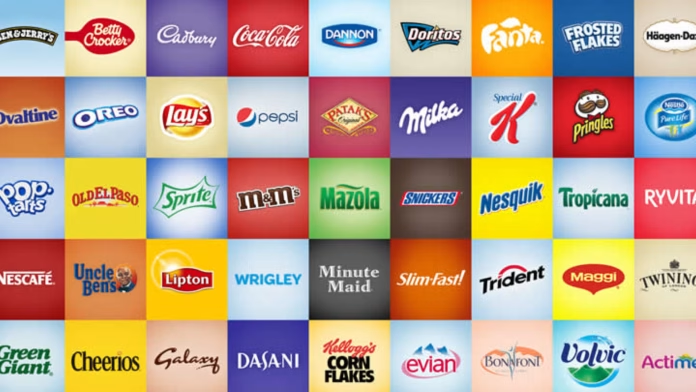India’s food industry has seen a spike thanks to seasoned competition and more options available to customers and food lovers. While fine dining and cafe culture was vastly associated with metropolitan cities, Tier-2 and Tier-3 cities have emerged as an untapped market for food brands in India. These cities, which include regions like Lucknow, Jaipur, and Bhopal, have seen significant growth in their economy and population in recent years, leading to a surge in demand for new and diverse food options.
If you are thinking to open a food business be it a shop, cafe, or high-end restaurant, chances are you missed smaller cities as your favorable location as owners are afraid that their business will work out in such pockets. I
f you are stuck in this decision-making, then let us make it easy for you. We have curated a list of well-research reasons to put small cities on the map to kick-start your business.
Untapped markets
Tier-2 and Tier-3 cities are relatively underserved when it comes to food options. While urban centers like Mumbai and Delhi have a wide range of international and local food options, smaller cities often lack the same variety. This creates an opportunity for food brands to fill the gap and provide new and unique dining experiences for customers.
Lower Upfront costs
The cost of operations is lower in Tier-2 and Tier-3 cities compared to metropolitan areas. This means that food brands can set up shop with lower overhead costs, including rent and labor expenses. This also allows food brands to price their offerings competitively, making them more accessible to a wider range of customers.
Sense of community building
Small cities have a strong sense of community and loyalty towards local brands. This means that once a food brand has established itself in these regions, there is a high chance that customers will become repeat buyers and even recommend the brand to friends and family.
Testimonies that can inspire you:
Several food brands have already recognized the potential of Tier-2 and Tier-3 cities and have successfully expanded into these regions. For example, Bikanervala, a popular sweets and snacks chain, started in Delhi and has now expanded to over 20 cities, including Tier-2 and Tier-3 cities like Jalandhar and Kota. Similarly, Chaayos, a tea chain, has opened outlets in cities like Chandigarh and Lucknow, bringing their unique and innovative tea offerings to new customers.
Other companies, like Jumboking, a Mumbai-based burger chain, have found success in Tier-2 and Tier-3 cities by tailoring their offerings to local taste preferences. For example, Jumboking offers a Vada Pav burger, a twist to the popular street food from Mumbai, to cater to local tastes.
Food delivery platforms like Zomato and Swiggy have also recognized the potential of Tier-2 and Tier-3 cities and have started expanding their services in these regions. This has provided a platform for smaller food brands to reach a wider audience, without the need for a physical storefront.
Tier-2 and Tier-3 cities present a huge opportunity for food brands in India to expand their customer base and grow their brand. With the success of homegrown brands and diverse chains, it is clear that small cities can harbor great profits and possibilities of growth for your next food business.





